UK Pollen Calendar: What Seasons are the Worst for Hayfever?

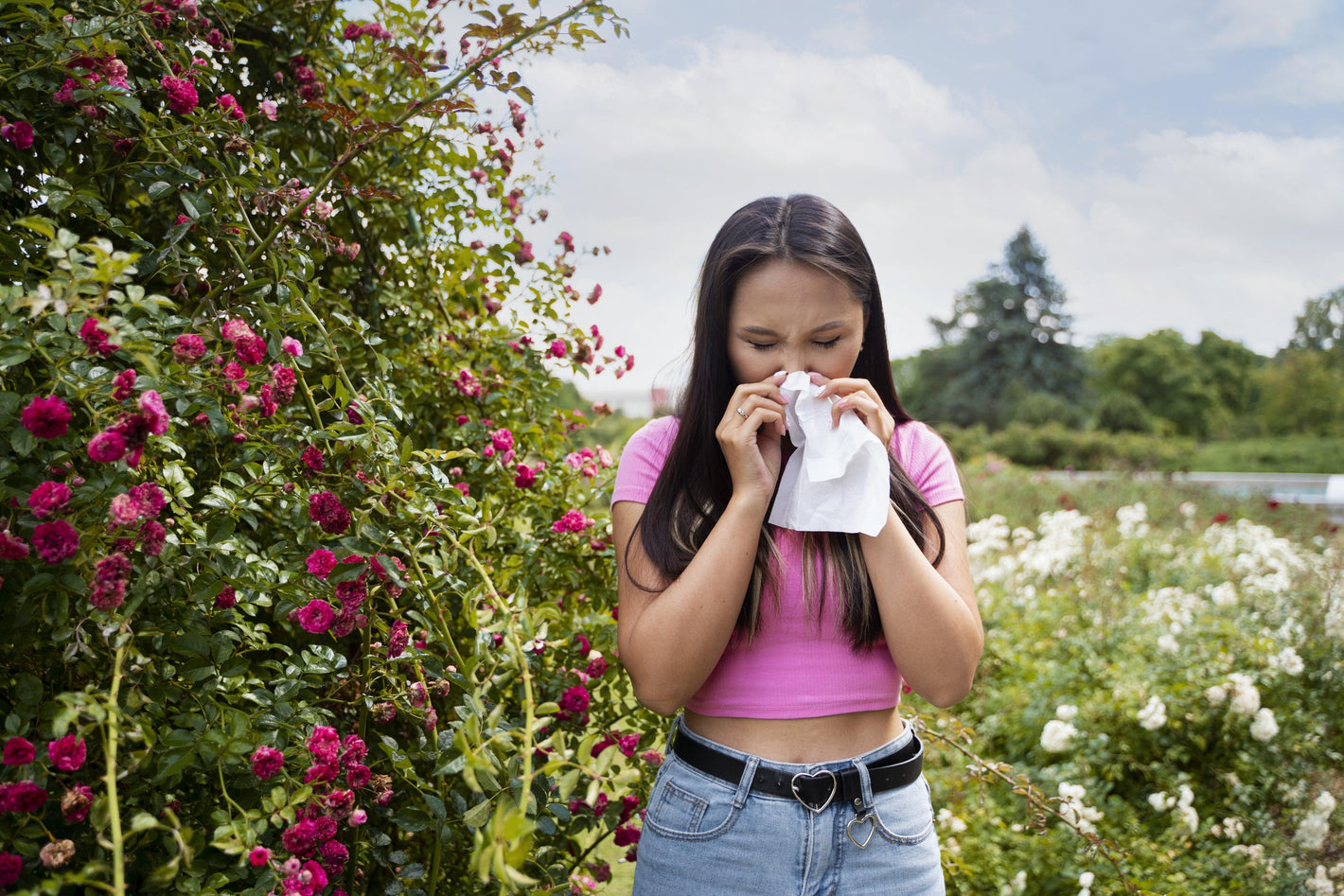
Related products
UK Pollen Calendar: What Seasons are the Worst for Hayfever?
People experience hayfever throughout the year, triggered by pollen from grasses, trees, and weeds. The severity of symptoms often varies with seasonal changes, as weather patterns influence the blooming, pollination, and reproduction of these plants. Understanding the peak pollen seasons can help individuals manage their symptoms more effectively with the right support from hayfever and allergy medications.
In children, hayfever can sometimes go unnoticed or be mistaken for a common cold. Tailored treatments like those available in Welzo’s children's hay fever and allergy relief range can provide gentle and effective symptom management.

Additionally, regional factors such as terrain, vegetation, and precipitation significantly influence pollen levels. This article outlines some key features of these seasonal and regional variations, helping readers take a more informed approach to hayfever management.
Worst for months for Hayfever
The hay fever is associated with spring and summer. The peak season starts in March and continues well into September, although some people experience symptoms in autumn and winter. This season is long due to the overlapping pollen season of different plants and changes in the weather patterns that influence pollen production. So, it is necessary to understand the seasonal variations of other plant species.
Weed pollen
Weed pollen—such as ragweed, tumbleweed, sagebrush, and pigweed—is released throughout the year but peaks between June and September. These months are particularly uncomfortable for those sensitive to weed pollen. During this time, products like the Beconase Spray can offer targeted relief for nasal inflammation and congestion caused by high pollen levels.
However, dust mites and other household allergens also cause symptoms in these months, and a careful approach is necessary to determine the cause.
Grass pollen
Grass pollen has one of the longest seasons, peaking twice during the summer. The first peak occurs in early June, followed by a second, less intense one in early July. Since grass pollen affects a large portion of hayfever sufferers, consistent symptom control is key. The Beconase Hayfever Nasal Spray (100 Dose) provides long-lasting nasal allergy relief during these high-risk months.
However, signs do not develop in all people as they depend on factors like coldness, warmth, and humidity.
Tree Pollen
The tree pollens are the first culprits to kickstart the hay fever season as the signs start from late February to match and continue well into mid-May. So, the signs of hay fever in early spring are likely due to tree pollen.
However, it is less common, and only a quarter (25%) of the people with hay fever have a tree pollen allergy (Allergy UK).
Types of Pollen by Month
Different pollen reaches peaks in different months, and knowing which pollen is responsible for the symptoms helps develop management strategies.
January
This month has a low pollen count, but tree pollen is rising to reach a peak in March. Willow, Hazel, alder and yew are the most common tree species. Hayfever is possible in extreme winter, and the signs are occasionally confused with cold and flu. According to Asthma UK, 80% of people with asthma experience winter allergies.
February
Seven variants of tree pollen start causing signs this month. Along with Willow, Alder, Yew and Hazel, Birch, Elm, and Ash enter the arena. Yew and Hazel start experiencing a peak that lasts until mid-March.
March
Plane, oak and poplar join their comrades this month. It signals the end of Hazel season, and other tree species continue to cause symptoms.
April
Plane, oak, birch and ash pollen peak, while pine pollen enters this month. The end of this month signals the end of tree pollen while weed, oilseed rape, plantain, nettle and grass pollen start surfacing.
May
This month is among the Big Months for Pollen. Lime and dock pollen make entry, and oilseed rape pollen achieves a peak and then ends this month. Likewise, plane and oak pollen start to fall while grass pollen begins to peak. Similarly, birch pollen allergy season is also over.
June
Plane, rapeseed oil, pine and oak pollen finish, while grass pollen strengthens daily. The season of Mugwort pollen also starts. The symptoms are often confused with the summer cold and viral infections, but hay fever symptoms last much longer. Grass and weed pollens like mugwort peak. For children or those who prefer liquid formulations, L.C.O.N. Hay Fever Allergy Formula (500ml) is a gentle and effective way to ease seasonal symptoms.
July
The nettle and grass pollen peak season ends in July, and mugwort and lime pollen reach peaks. The end of July is a good sign for people experiencing grass pollen allergy as the grasses are at their lowest point, and mugwort and lime pollen are the most likely culprits of the signs.
August
The end of summer brings up good tidings of the decline of pollen season and the end of plantain and dock pollen season. Some weed pollen allergies continue to cause symptoms this month and include oilseed rape, nettle, mugwort, dock and ragweed. Practising preventive measures is still a better choice. Grass pollen begins to fade, but mugwort, nettle, and lime pollens may continue causing issues. To manage persistent eye symptoms, Murine Hayfever Relief Eye Drops help relieve irritation and redness, especially during late summer.
September
This month signals the start of the relaxation period as the nettle and grass pollen finally end, and the end of hayfever season is finally in sight. It is the time to breathe fresh air without worrying about itchy eyes and a snotty nose.
October
Although hay fever season is over, autumn allergies surface and ragweed pollen causes itchy eyes and sneezing this month. As nearly 75% of people with pollen allergy are also sensitive to ragweed, it is still not the time to relax completely.
November
Pollen release slows down this month, but some resilient weeds continue to release pollen. Mould spores enter the party and are the most common cause of signs this month—damp areas in the house experience high mould growth.
December
The weed pollen season ends, but the cycle starts here, and some tree pollen enters the air. Some related issues, e.g., dust mite allergy, are often confused with winter allergies.
Frequently Asked Questions
What is the peak season of hay fever in the UK?
People experience signs throughout the years. However, the months from late March to the end of May are the most sensitive as it is the peak season of tree pollen and weed and grass pollen are also entering the air. Moreover, naive people are exposed to allergens for the first time and experience severe signs.
What are the worst seasons for a hay fever patient?
The spring and fall months are the worst, corresponding to the peak growths of flowering plants and weeds.
Are the symptoms experienced in autumn in the UK?
Summer is generally the most notorious season for hay fever. However, autumn has its own set of symptoms, as extreme wetness is ideal for the growth of mould spores that cause a different set of symptoms.
Why are hay fever symptoms less common in coastal areas than inland areas?
It is not necessarily true. However, some people note this phenomenon. Medical professionals attribute it to high-speed winds in the coastal areas that push the pollen away from coastal regions and more inland.
Which areas in the UK have lower pollen?
According to the allergists at the Pollen Research Unit, University College Worcester, UK, the northern regions of the UK have a shorter season starting later and low pollen counts. Likewise, the pollen count is higher in the inland areas than in the coastal regions and the countryside compared to the urban areas.

How do you permanently get rid of hay fever?
There is no permanent cure or practical option to avoid exposure to allergens in the peak season, and avoiding exposure and taking medications to manage signs are the only options.
Which antihistamines are best for tree pollen allergy in the UK?
The most commonly prescribed antihistamines are Loratadine (Claritin®), Cetirizine (Zirtek®) and Diphenhydramine (Benadryl®). The patients must consult healthcare professionals for more personalised treatment.
Does immunity develop against hay fever?
Several immunotherapy treatments are available, e.g., sublingual immunotherapy and weekly allergy shots. The patients need to consult an allergist for guidance.
Bottom-line
Plant pollen is responsible for hay fever. There is a significant seasonal variation; most people experience signs from spring to fall, and the winter has lower pollen abundance. In general, tree pollen appears earlier in the spring, followed by grass pollen in the mid-summer and weed pollen in the late summer and early fall. Identification of pollen abundance of each month is necessary to develop a comprehensive prevention plan.

Hayfever and allergies cause various signs and symptoms that must be addressed appropriately.






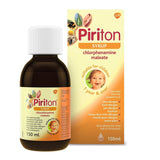

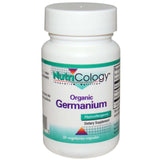
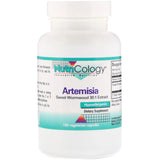



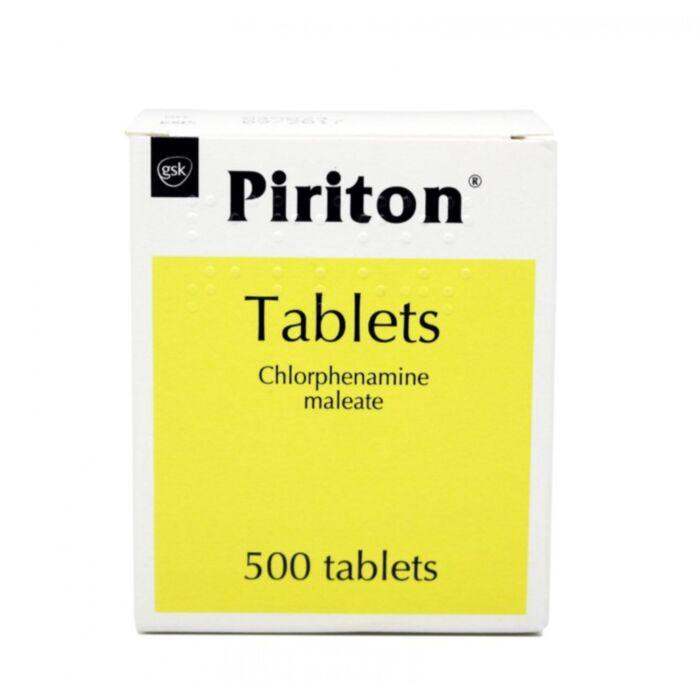







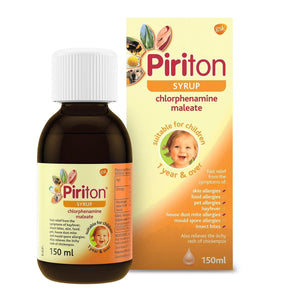

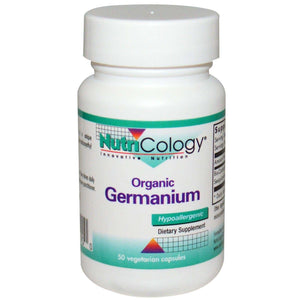
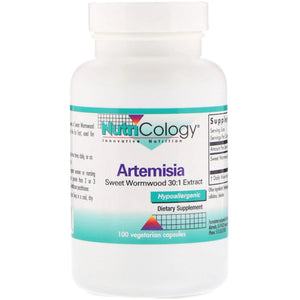
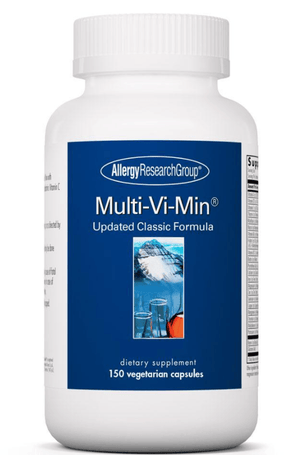




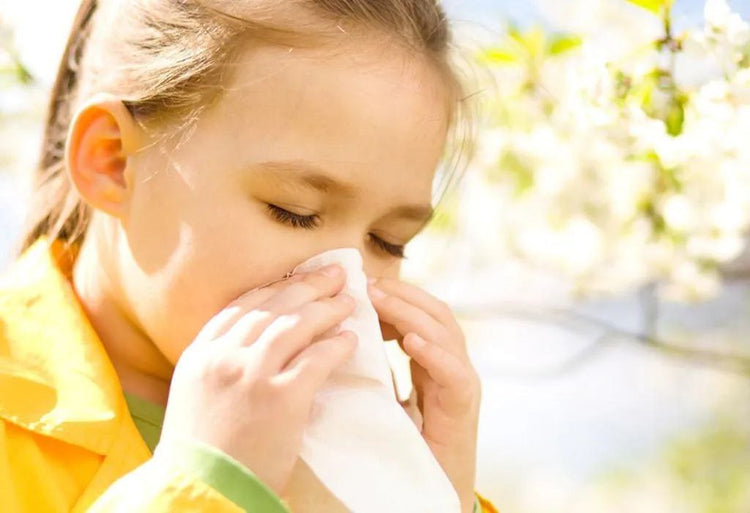
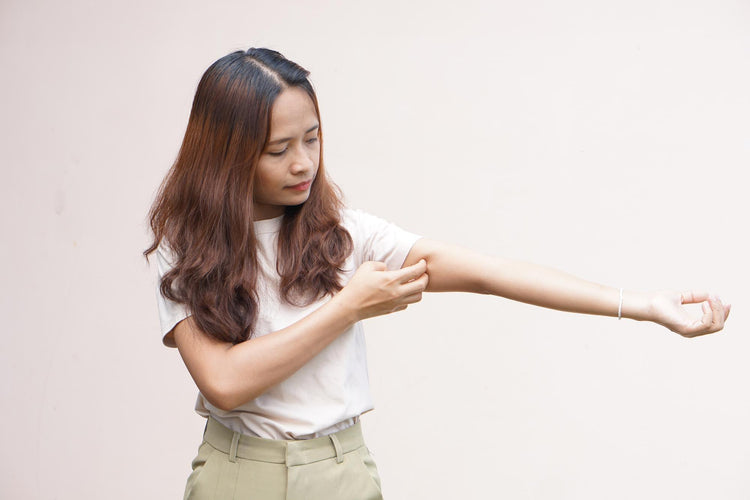
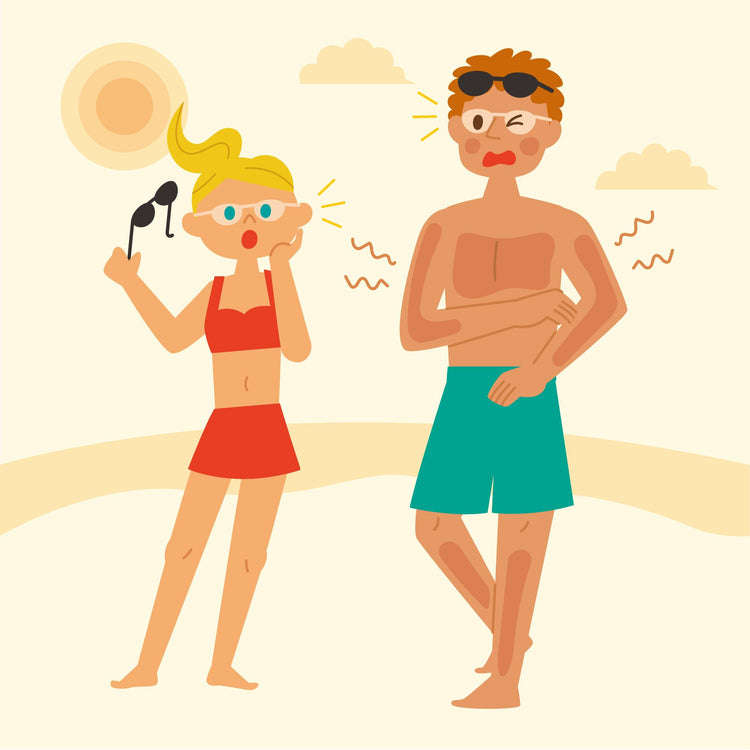
 Rated Excellent by 14,617+ Reviews
Rated Excellent by 14,617+ Reviews